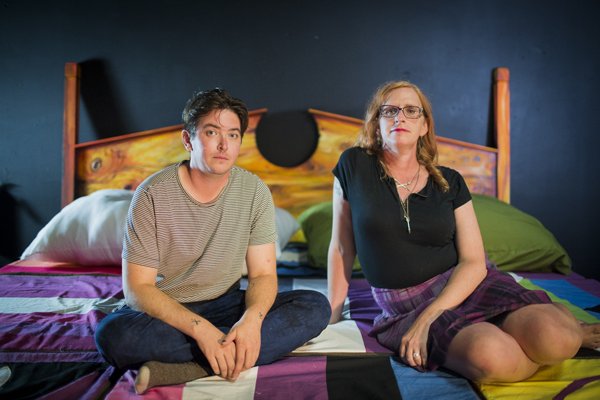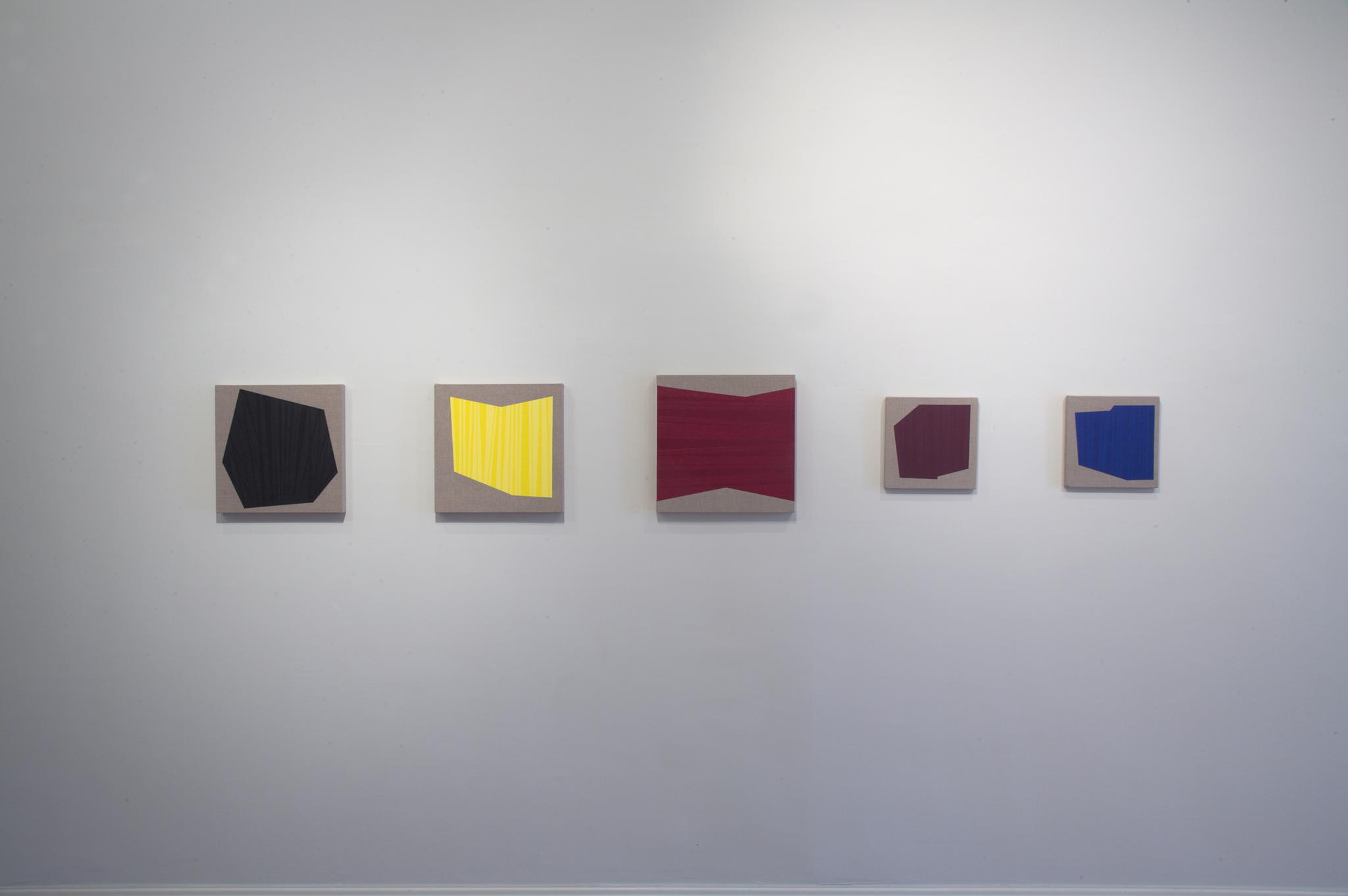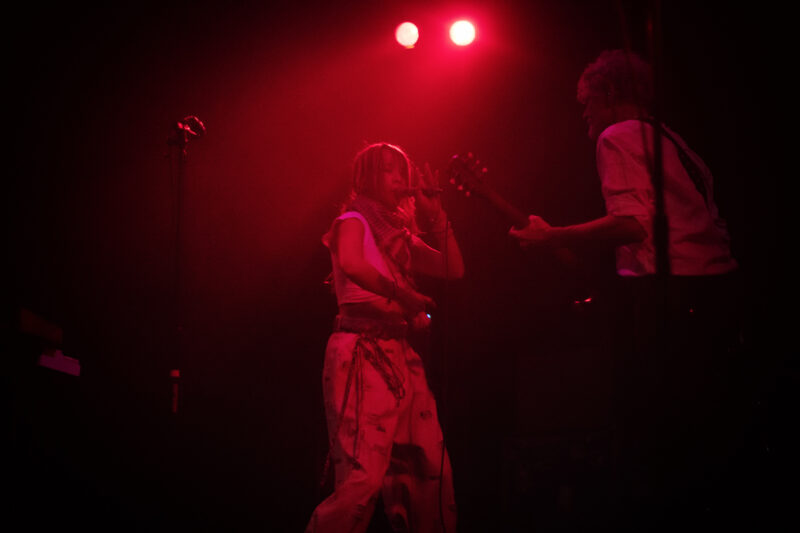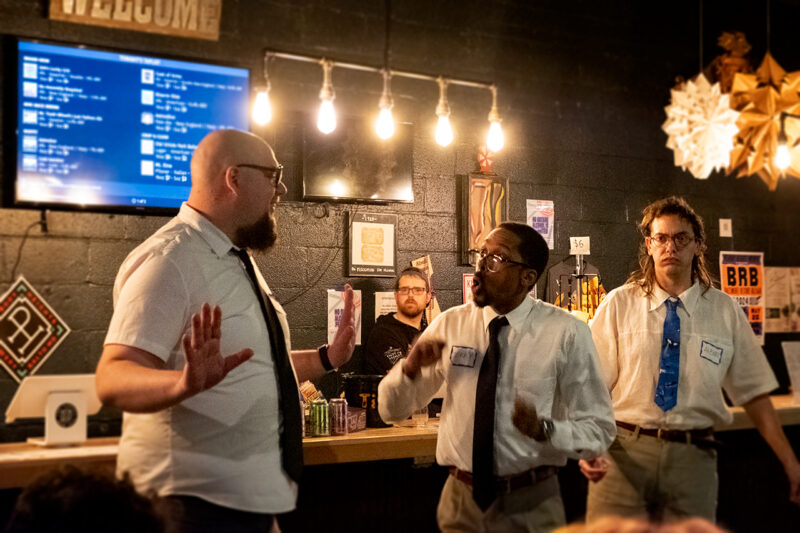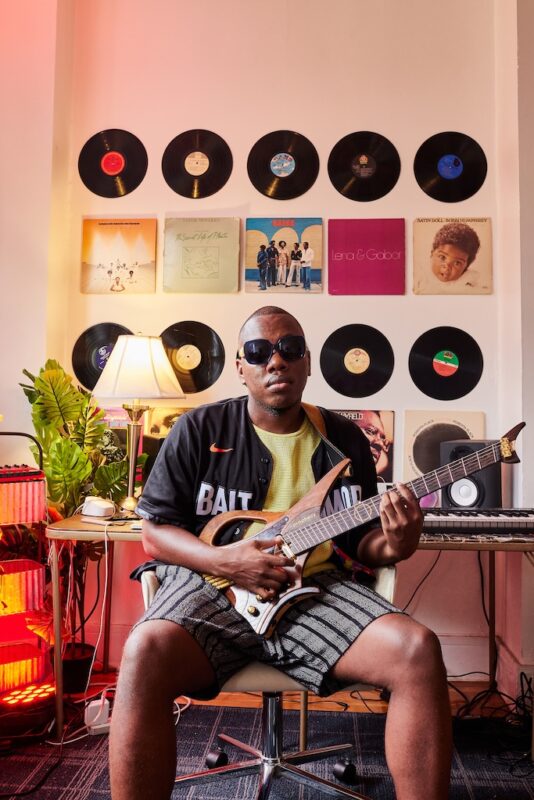The 2016 High Zero Festival by Andrew Sargus Klein
Once again, I’m exhausted. I know of few other words to describe High Zero, the annual festival celebrating avant garde and improvisational music—and I only went to two of the four days of performances at Baltimore Theater Project.
Nearly every second of High Zero is spent exploring the edges of expectation in the absence of any sort of linearity, formal composition, or traditional narrative of any kind. All this involves bass clarinets and violins and dozens of DIY synthesizers and homemade percussion instruments. It gets loud, quiet, teeth-meltingly chaotic, way too loud, funny, boring, way too loud again, and above all, unexpected. It’s relentless and wonderful and, again, exhausting.
Each night starts with a featured soloist followed by four to six sets made up of two to five musicians each. These sets clock in at around 20 minutes a piece and they feature musicians from near and far performing together for the first time—often mere minutes after meeting one another backstage. The heart of High Zero is the grouping of disparate musicians to collaborate in real time. Whether a given performance is successful or not is up to the listener and that sort of gamble is a baked-in component of improvised music. What you hear hasn’t been made before and won’t be made again.
But my favorite moments at High Zero have always come from the soloists, and this time around I wasn’t disappointed. Laura Ortman (amplified violin) opened Friday night and she unleashed wave after wave of pulsating, distorted violin upon the audience. She played with extremes early and often, playing swatches of traditional melodies before dialing up the overdrive and echo for sudden onslaughts of violence. It was way, way too loud at times. My ears might still be in recovery. But it was raw, controlled, and dynamic. It’s still in my blood, pounding in my head.

High Zero doesn’t seem like the place for overt political performance, but Sunday’s soloist, Thomas Stanley (electronics), brought the house down with a performance dedicated to Freddie Gray. Stanley opened his piece with audio of police activity surrounding what sounded like the uprising at Mondawmin Mall mixed in with ambient tones full of deep-sea reverb. Some sort of historical interview fades in, something about North Avenue, fires, history, history repeating, then the signal starts cutting in and out, the words turning to texture and noise and building in intensity with whistling octaves.
Somewhere in the mix a voice reads off the medical side effects of an unknown drug; Stanley manipulates the voice into a deep and ominous baritone, and then so low in pitch it becomes a wordless vocalization of fear. A down-tempo beat comes in, Donald Trump is here here now (“I mean that 100%”), someone else “people need each other now” and “they realize how small they are.” When Stanley works in a distorted thumb piano groove the piece turns into an urgent piece of funk, driven again by more police audio, anger, chaos, car alarms, news clips, a woman yelling. That’s where it ends—haunting, urgent, urgent.
There were special moments throughout the group performances I was lucky to catch. For better and for worse, each set is long enough to allow the musicians to feel each other out and explore new spaces. There’s rarely a set that fails to find at least one transcendent moment of collaboration—sometimes you just have to wade through chaos to get to it, is all. It’s not uncommon for these sets to start off aggressive. Say, a saxophone player rips in half the pre-performance quiet with guttural squeals before the percussion brings the riotous thunder and before you realize it the small but deep stage at BTP is a mountain of violence. It’s a common enough occurrence that any deviation from that progression is welcome.
“The organizers meet about one month before the festival and work together to suggest potential groups,” High Zero Foundation member Stuart Ehse wrote in an email. In arriving at final decisions, we consider the aesthetic balance of the (possible) sounds, as well as balanced representation of artists within groups and across the festival.”
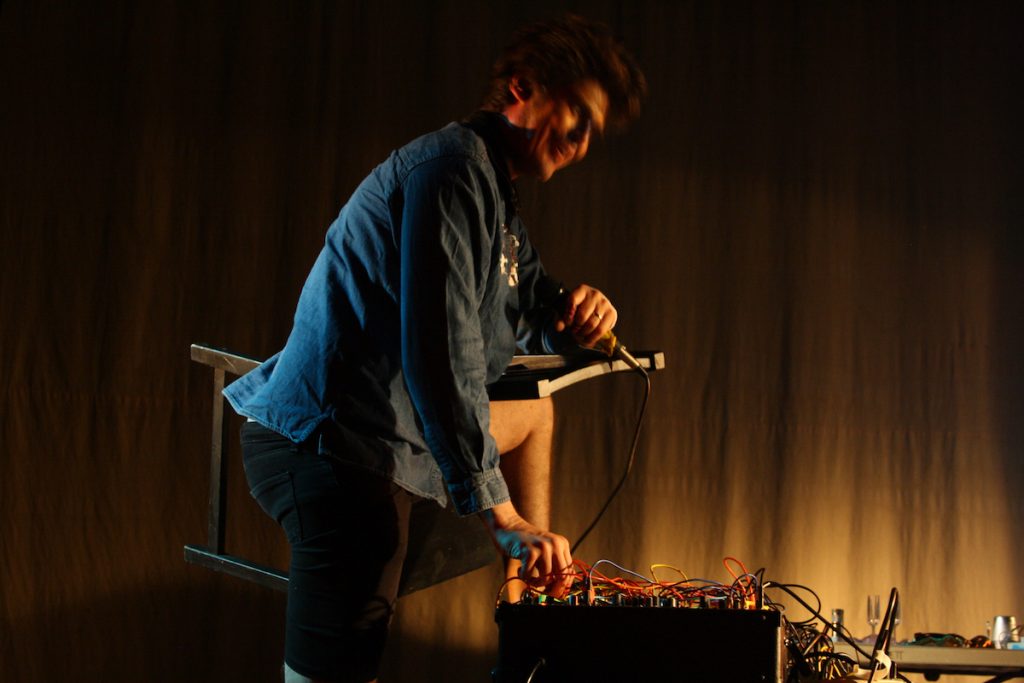
The second group on Friday night—Jimmy Joe Roche (voice, modulator synthesizer), Marshall Trammell (percussion), and Julius Masri (percussion, keyboards, oud)—seemed to benefit from a wonderful sound check (blended with the house music). They started off slow, minimal, giving each other patience and space, and soon what felt like whimsical flute samples (it’s often difficult to figure out which sound is coming from which performer) floated above the textured and arrhythmic percussion. The group attacked and backed off in clear cohesion, crescendoing to the edge of chaos before quieting down again.
Unexpectedly, a few minutes into their set, a bright triangle of light appeared above their heads at the back of the stage. Throughout their performance a shifting ombre of color glowed around the triangle, and it was perfect. There was a huge harvest moon outside, a huge triangle moon inside, and the effect was simple and powerful, the simple geometry almost meditative.
The trio was followed by another trio—Walter Wright (drums, electronics, objects), Samuel Bart (daxophone, bass clarinet), and Maia Urstad (sound art)—but with a special twist: dancers Asimina Chremos (Philadelphia) and Noelle Tolbert (Baltimore) were included as well, and the result was a compelling and lovingly funny performance. What was most heartening was that their set didn’t follow in the footsteps of so many collaborations I’ve seen (both at past High Zeroes and other events). The musicians actually tried to perform with the dancers, as opposed to doing their own thing and not responding to the movement in front of their noses.
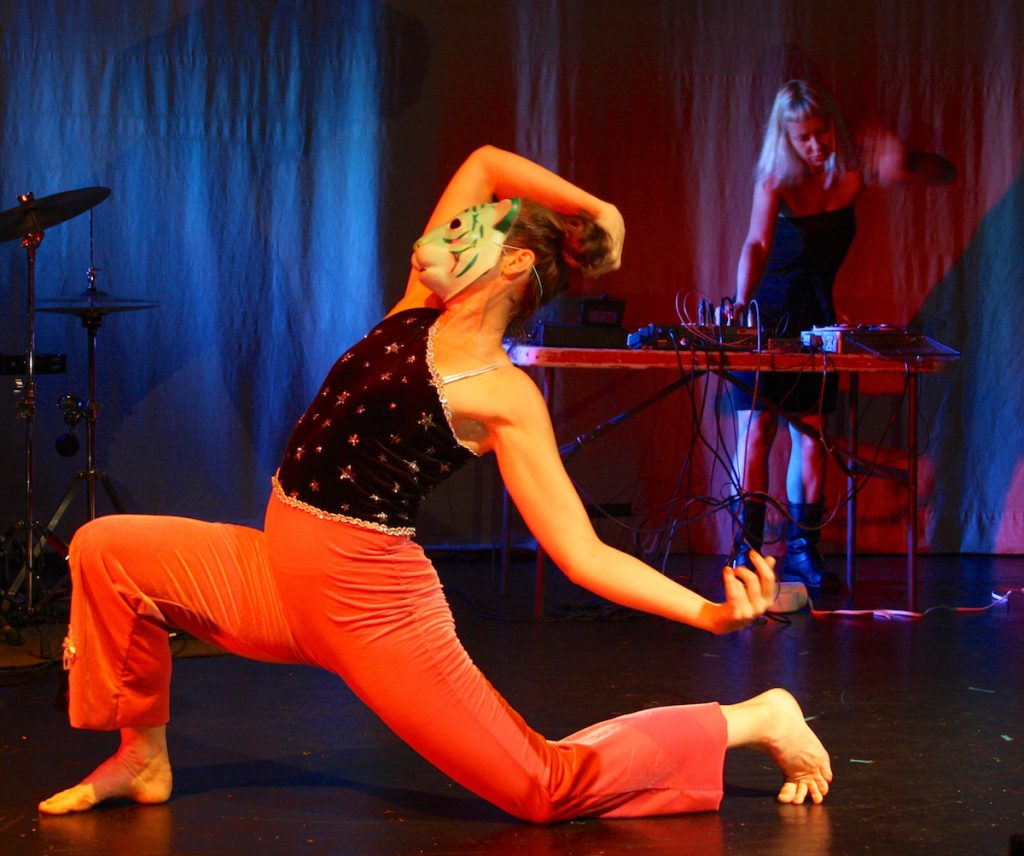
Chremos and Tollbert instantly had a tangible connection despite the smallness of their stage space. As the musicians built up a score of glitchy, squeaking synthesizer and somber tones from the bass clarinet, they dancers let each other solo and often combined for physical duets that felt a little like contact improvisation. But what took the performance into a special was Chremos’s use of props. She had with her a plastic tiger mask and an LED clip light. The mask was unexpected and fun; the light was used to create dramatic silhouettes of the dancers and musicians on the back of the stage. The props brought a bit of surrealist theater to definitionless music, and the audience was clearly drawn to them. At one point Tollbert added to the effect by intertwining her arms with her legs and stalking across the stage as an unknown hybrid creature.
The musicians maintained a steady backdrop of static curtains and buzzsaw synths—more texture and shapes than melody or even notes. At point I could have sworn I heard a pan flute in the mix, breathy but clear. While the five of them found it difficult to find a cohesive ending to the set, it was overall one of the more successful performances.

Sunday was dubbed “the Night of Randomization.” Twelve musicians and one dancer (Chremos) were grouped by way of a random number generator. What stood out was the first set which saw Chremos grouped with Marta Zapparoli (reel to reel, tape recorders). Against a backdrop of mostly flat static and rough echoes, Chremos was in near constant motion with incredibly fluid technique, including floor work consisting of isolated hip and leg sequences. She reused the LED light to create menacing shadow of herself on the back wall as the score grew angrier, storm-like. Zapparoli brought in what sounded like vinyl pops and hisses along with pulsing waves tape echo; Chremos cycled through a sequence of facial expressions while standing still as a sculpture.
I’ve relayed a small section of High Zero, and even that small portrayal struggles to relate the experience of experimental music—there are few if any signposts in this genre. It can seem like the performers are breaking any sort of conventional approach to music simply because they want to.
They aren’t just playing outside the box; the box is set on fire, its ashes mixed with water, the subsequent clay is shaped into something just outside the periphery of recognizable. It’s good to watch sound broken and remade from the ground up, to let go of expectation. High Zero is an exhausting, invaluable gem of a performance series that enrichens anyone who experiences it, whether they bring earplugs or not.
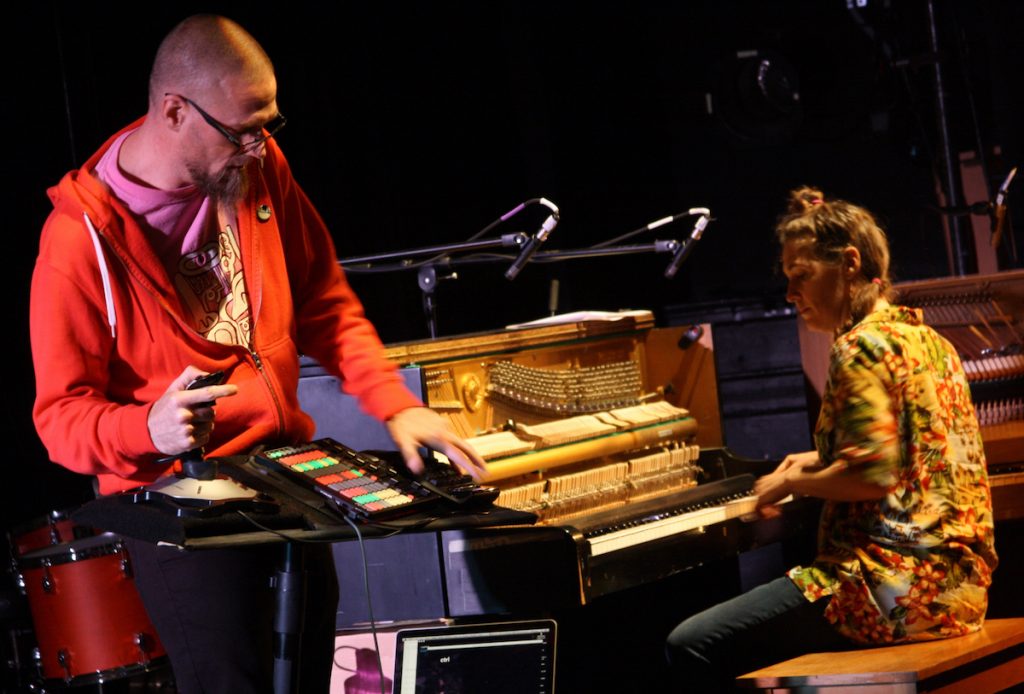
*******
The 18th Annual High Zero Festival occurred on September 15 – 18. More information about High Zero is available here: http://www.highzero.org.
Author Andrew Sargus Klein is a Baltimore poet and performer. He kinda-sorta tweets at ASargusKlein.
Photo Credit: Stewart Mostofsky
